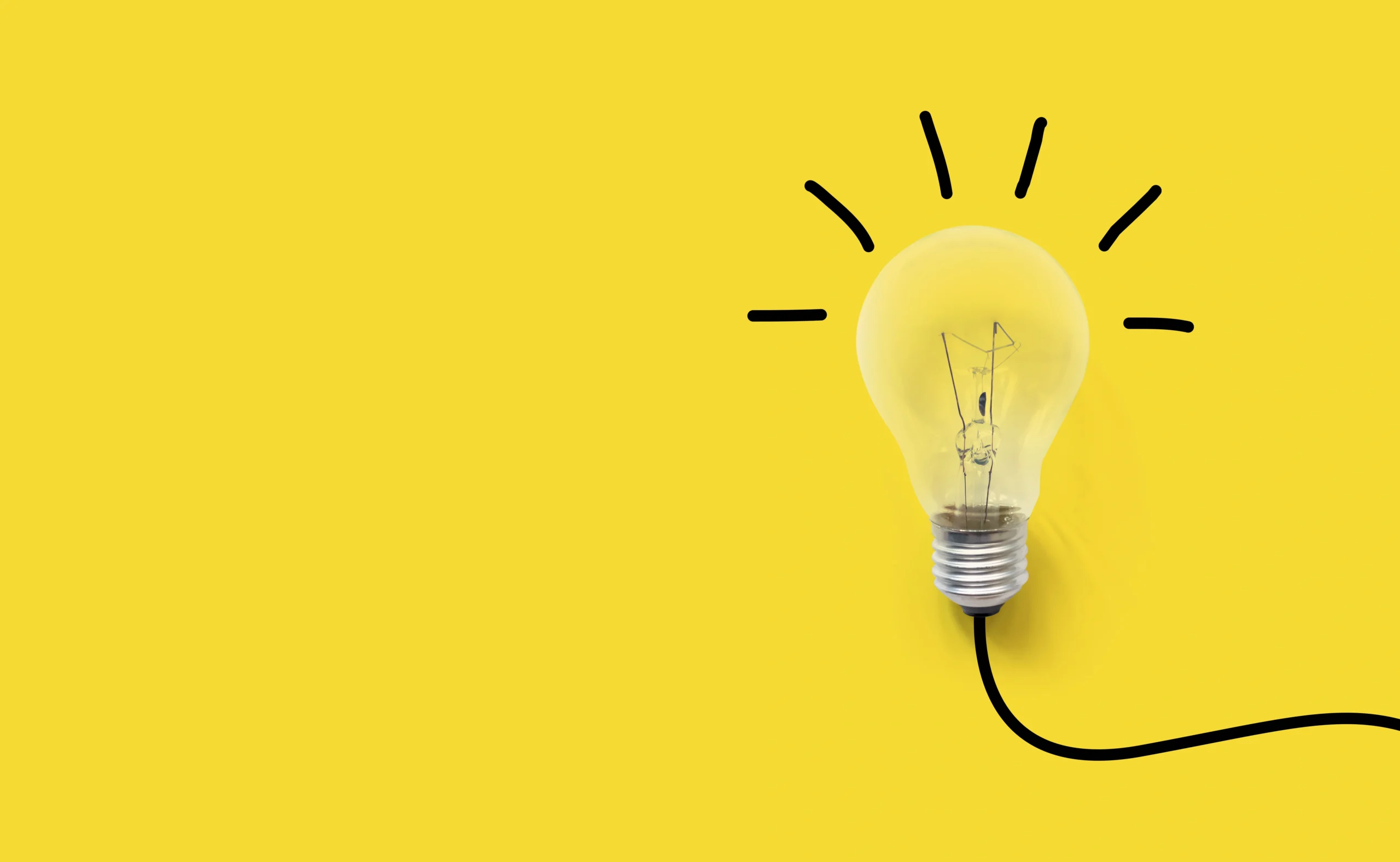What is a Brand Awareness Study? A Market Researcher’s Insights
A brand awareness study can help you gauge how well your target audience is aware of your brand. Read below to learn more about measuring brand awareness through market research.
You might also like…
Content Creators and Social Media Influencers in the Digital Economy
What does the state of influencer marketing look like in 2024? Discover how content creators and influencers are enmeshed in the digital economy....
Qualitative Market Research: The Complete 2023 Guide
Qualitative market research helps collect key non-numerical data for analysis. Learn the qualitative research benefits, methods, and more. Inside...
Introduction
Brand awareness refers to how familiar your target audience is with your brand. It’s an important factor in trust and credibility, so improving your brand awareness should be a major priority for your marketing team.
However, it’s important to have a starting point. That’s where a brand awareness study comes in. With a brand awareness study, you can gauge how well your target customer is already aware of your brand and how much work your team has to do in order to improve that awareness.
Throughout this article, we’re going to talk more about what brand awareness studies are, the benefits of conducting one, questions to ask, and more.
Let’s dig in.
What is a Brand Awareness Study?
A brand awareness study is a market research project designed to gauge how well the public or a specific target market recognizes, remembers, and understands a brand. Having this data can help you figure out how to properly position your brand in the market.
There are several factors surrounding brand awareness and the type of study you need to conduct.
Factors include:
- Brand recognition: Can consumers identify the brand based on its logo, tagline, packaging, or advertising?
- Brand recall: Can consumers remember the brand without any prompts, just based on product category or need?
- Brand image: What do consumers think of when they hear or see the brand? What associations do they have with the brand?
- Brand loyalty: Are consumers likely to choose this brand over competitors, and are they likely to repeat purchase?
- Brand equity: What is the perceived value of the brand in the eyes of consumers?
Brand recognition and brand recall are two of the most important. Brand recognition is a type of aided brand awareness, where you see if customers recognize your brand amongst a list of competitors. Brand recall is a type of unaided brand awareness, where you see if customers think of your brand among the top options in your market without assistance.
You can include both types of brand awareness questions within your study or survey—more on that shortly.
Benefits of a Brand Awareness Study
Not sure if a brand awareness study is right for your business or where you’re at right now? Brand awareness surveys and studies can be useful for businesses of all sizes, from giants like Nike and Apple to small businesses and startups.
Here are a few benefits of conducting brand awareness studies.
Identify the Target Market
Brand awareness studies can be used to help businesses understand who their target audience is.
Knowing demographics, preferences, and behaviors can help in tailoring marketing efforts to reach and engage this audience more effectively.
Understand Brand Perception
This type of study can also help businesses understand how their brand is perceived in the market. They can uncover what people think and feel about their products, services, and overall brand image, providing valuable insights into where improvements might be needed.
Competitive Advantage
By conducting a brand awareness study, companies can identify how they stack up against their competitors in the minds of their target audience. They can discover their unique selling propositions (USPs) and areas where they outperform their competitors, which can then be emphasized in their marketing strategies.
Measure Marketing Effectiveness
These studies can be used to measure the effectiveness of marketing campaigns and strategies over time. By tracking brand awareness levels before and after a specific marketing initiative, businesses can get a clear sense of whether their efforts are improving brand visibility and recognition.
Inform Future Strategies
The insights gained from a brand awareness study can guide future business and marketing strategies. For example, if a study shows that the brand resonates with a certain demographic group, the business may choose to focus its efforts on this market segment.
Product Development
Brand awareness studies can also reveal what consumers like or dislike about a company’s products or services. This feedback can guide adjustments to current offerings or inspire the development of new products or services.

25 Brand Awareness Survey Questions
There are many ways to conduct a brand awareness study, but doing so via survey is a popular and useful methodology. However, you need to know the best survey questions for your brand.
Take some inspiration from these brand awareness survey questions to help you program your survey. These questions can help businesses understand how well their brand is doing in the minds of consumers and identify areas where they could improve. They can also be used to track changes over time, providing insights into the effectiveness of branding strategies and campaigns.
Here are 25 brand awareness survey questions, sectioned off by the various factors we mentioned earlier in this article.
Unaided Brand Awareness Questions
- When you think of [product category], which brands come to mind?
- Can you name any brands that make [specific product]?
- What’s the first brand that comes to mind when you think about [industry or product]?
- How would you describe [specific product] to a friend?
- Which brands do you purchase [specific product] from?
Aided Brand Awareness Questions
- Have you heard of [brand name]?
- Which of the following brands have you heard of? [List of brand names]
- When you see this logo (provide logo), can you identify the brand?
- How did you discover [brand name] for the first time?
- When was the last time [brand name] crossed your mind?
Brand Image Questions
- How would you describe [brand name] to someone who has never heard of it?
- Which three words come to mind when you think of [brand name]?
- What is the first feeling you associate with [brand name]?
- What do you perceive as [brand name]’s unique selling proposition?
- Please rate your last experience with [brand name].
Brand Loyalty Questions
- How likely are you to choose [brand name] over other brands?
- Would you recommend [brand name] to a friend or family member?
- Have you ever switched from [brand name] to a different brand? If yes, why?
- Would you consider trying [brand name]’s other products/services?
- How favorably do you think of [brand name]?
Brand Equity Questions
- Do you think [brand name] offers good value for the price?
- Do you trust [brand name]?
- To what extent do you trust [brand name] to solve your problems?
- How does [brand name] compare to [competitor’s brand name] in terms of quality?
- How has your outlook on [brand name] changed over the years?
Successful Brand Awareness Study Examples
Brand awareness studies have long been a great way to identify what potential consumers think of your brand, how well they recognize it, and how it compares to competitors. Brands small and large have used this type of survey for years.
Here are a few historical examples to showcase how brand awareness studies have been used in the past.
Coca-Cola
Coca-Cola is a well-documented example of a brand that has invested heavily in brand awareness. They conducted extensive market research and brand awareness studies to develop their “Share a Coke” campaign.
They found that younger consumers felt disconnected from the brand, leading them to create a campaign where Coke bottles were personalized with common names. This boosted both sales and brand awareness as young people enjoyed buying and sharing the bottles across social media.
McDonald’s
McDonald’s regularly conducts brand awareness studies to help shape its global and local marketing strategies.
For instance, when they first entered the Indian market, they used these studies to understand local food preferences, leading to the creation of unique offerings like the McAloo Tikki and Maharaja Mac.
Brand awareness studies also helped them position McDonald’s as a family-friendly brand, a move that has proven successful around the world.
Dove
Dove has used brand awareness studies to reshape its brand entirely. Their “Real Beauty” campaign, which focuses on broadening the definition of beauty and promoting body positivity, came about as a result of a brand awareness study.
The study indicated that only a small percentage of women considered themselves beautiful. This insight helped Dove position itself as a brand that cares for “real beauty,” significantly increasing its brand awareness and popularity.
Apple
Apple has often used brand awareness studies to shape its brand identity and product development.
For instance, the company learned from its market research that consumers saw their products as innovative, reliable, and user-friendly. This insight led Apple to double down on these perceptions in their advertising and product development.

How to Create a Brand Awareness Survey
If you want to create your own brand awareness study, one of the best ways to do so is through a survey. Follow this six-step guide to create and promote a brand awareness survey so you can gauge where your business is at.
1. Partner With a Market Research Team
For a professional survey with a widespread audience, your best bet is partnering with a market research firm (like OvationMR). We can help draft survey questions, put your survey in front of the right audience, analyze your results, and more.
However, if you’re looking for a more DIY approach, there are a number of affordable market research tools (like survey makers and reporting tools) that can help.
2. Pinpoint Your Target Audience
Who is your company’s target customer? The person who is most likely to buy from your business is the best person to help you gauge your overall brand awareness.
You should have a buyer persona that lists out your target customer, their basic demographics, interests, buying patterns, and other identifying information you have.
Note: If you haven’t put something like this together, our team at Ovation can help. We support clients in refining or defining their target audience whether they just need a bit of guidance or want us to flesh out the specifics.
Once you have your persona, you’ll be able to reach a sample of that audience with your survey. Again, working with a team like ours garners you access to a large sample of users. You can also use social media ads to put your survey in front of the right people.
3. Draft Your Brand Awareness Survey Questions
Next, start drafting the survey questions you want answered. As a newer business, you’ll want to rely heavily on aided brand awareness questions as many of your target customers may not know of your business yet. However, you should still include at least one of each type of survey question.
Go back to our list of 25 survey questions to gather the ones that are most important to your business. Our team is available for guidance here if need be.
You’ll want both quantitative and qualitative questions here. Quantitative will be multiple choice while qualitative are open-ended questions for respondents to fill in themselves. Both provide valuable insights and are measurable in different ways.
4. Add Disqualifying Questions
Disqualifying questions are important in any survey. Even if someone falls in your target audience, that doesn’t necessarily mean that they actually have interest in your product or service. If someone says they don’t buy your product or service, there’s no need to have them complete the rest of the survey.
There are other disqualifying factors as well. Just because your survey has made it in front of someone doesn’t necessarily mean they have valuable insights to add. There should be questions designed to opt those people out of the rest of the survey.
5. Measure Results
And finally, once you’ve launched your survey and generated enough responses, it’s time to measure your results. Pay attention to how many times your brand name is mentioned in the unaided questions as well as how many people have heard of your brand in the aided questions.
Other ways to measure brand awareness include:
- Social media mentions
- Web traffic
- Brand tracking
6. Improve Your Brand Awareness
If you want to improve your brand awareness based on your survey findings, there are a number of ways to do so. Here are a few tips to get you started:
- Run social media ads
- Partner with other brands and influencers
- Sponsor events
- Create publicized product launches
- Appear as a guest on a video or podcast series
- Focus on creating high-quality online content
Be where your target audience is to increase the number of people who know about your brand. In the end, the more people who know about your brand, the more people will shop with your brand.
Let OvationMR Help With Your Brand Awareness Study
Want to conduct your own brand awareness study? We’re here to support you. Get in touch with someone from our team to learn how we can work with you on a brand awareness survey to see how well your target audience knows your brand.

Want to Create Your Own Brand Awareness Survey?
Get started with your next initiative
Follow
OvationMR

Need help with new insights?
We are ready to offer you:




